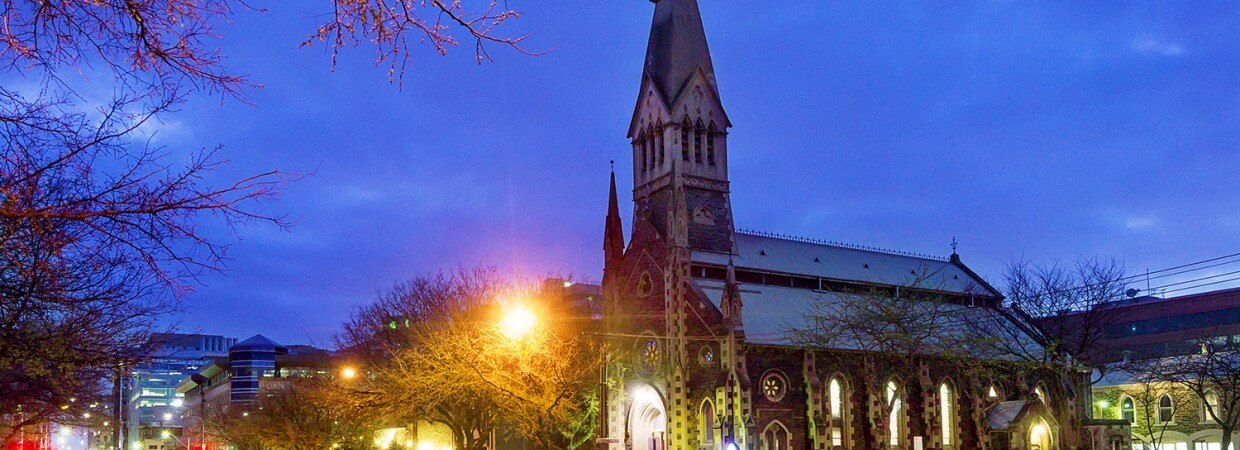Pentecost marks the birth of the Christian church by the power of the Holy Spirit. Pentecost means ‘fiftieth day’ and is celebrated fifty days after Easter.
Ten days after Jesus ascended into heaven, the twelve apostles, Jesus' mother and family, and many other disciples gathered together in Jerusalem for the Jewish harvest festival celebrated on the fiftieth day after Passover.
While they were praying, a sound like rushing wind filled the house, and tongues of fire came to rest over each of their heads. This was the outpouring of the Holy Spirit promised by God through the prophet Joel (Joel 2:28-29). The disciples were immediately empowered to proclaim the gospel of the risen Christ.
The liturgical colour for this day is red. This not only symbolises the tongues of flame in which the Holy Spirit descended, but also reminds us of the blood of the martyrs – believers of every generation who, by the power of the Holy Spirit, hold firm to their faith.
Holy Trinity
The first Sunday after Pentecost is Holy Trinity Sunday. The church rejoices in the impenetrable mystery that God is ‘triune’ or ‘three-in-one’ – Father, Son, and Holy Spirit. How God can be three distinct persons is beyond the ability of any human to rationalise or understand.
By the power of the Holy Spirit, we accept this mystery as a fundamental article of faith which is clearly taught in the Bible (eg Matthew 28:18-20 and 2 Corinthians 13:14). Since faith comes only through the Holy Spirit working through the means of grace, it is appropriate that this wonderful mystery is celebrated on the first Sunday after Pentecost.
Trinity Sunday is a transitional day that bridges two sections of the liturgical year, and a day on which we praise and adore God both for what he has done for the world and for who he is.
The liturgical colour for Trinity Sunday is white which represents the holiness and perfection of God.
Sundays after Pentecost
The season after Pentecost focuses on sanctification, the work of the Holy Spirit in the life of the Christian, and how we respond to God's love.
The season after Pentecost is the longest of the church year, stretching from Trinity Sunday until the first Sunday of Advent. This is the non-festival section of the liturgical calendar during which the church stresses vocation, evangelism, missions, stewardship, almsgiving, and other works of mercy as ways in which Christ empowers us by his grace to share the Good News with others.
All this is reflected in the liturgical colour of green, the colour of life and growth.


